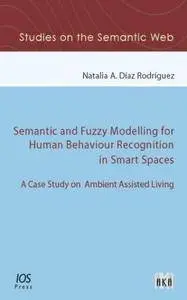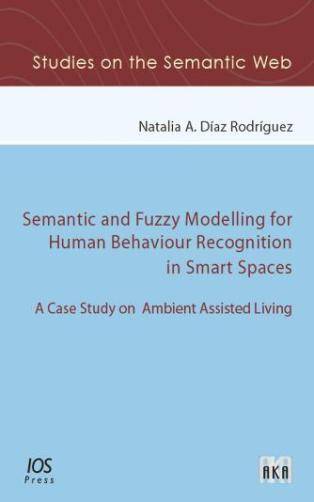Semantic and Fuzzy Modelling for Human Behaviour Recognition in Smart Spaces :
A Case Study on Ambient Assisted Living
by Natalia A. Diaz Rodriguez
English | 2016 | ISBN: 1614996075 | 229 Pages | PDF | 3.7 MB
A Case Study on Ambient Assisted Living
by Natalia A. Diaz Rodriguez
English | 2016 | ISBN: 1614996075 | 229 Pages | PDF | 3.7 MB
One of the major limitations of the Ambient Intelligent Systems today is the lack of semantic models of those activities on the environment, so that the system can recognize the specific activity being performed by the user(s) and act accordingly. In this context, this thesis addresses the general problem of knowledge representation in Smart Spaces. The main objective is to develop knowledge-based models, equipped with semantics to learn, infer and monitor human behaviours in Smart Spaces. Moreover, it is easy to recognize that some aspects of this problem have a high degree of uncertainty, and therefore, the developed models must be equipped with mechanisms to manage this type of information. As an added value, this system should be sufficiently simple and flexible to be managed by non-expert users, and thus, facilitate the transfer of research to industry. To do this, we develop graphical models to represent human behaviour in Smart Spaces, in order to provide them with more usability in the final application. As a result, human behaviour recognition can help assisting people with special needs such as independent elders, in remote rehabilitation monitoring, industrial process guidelines, and many other cases.



